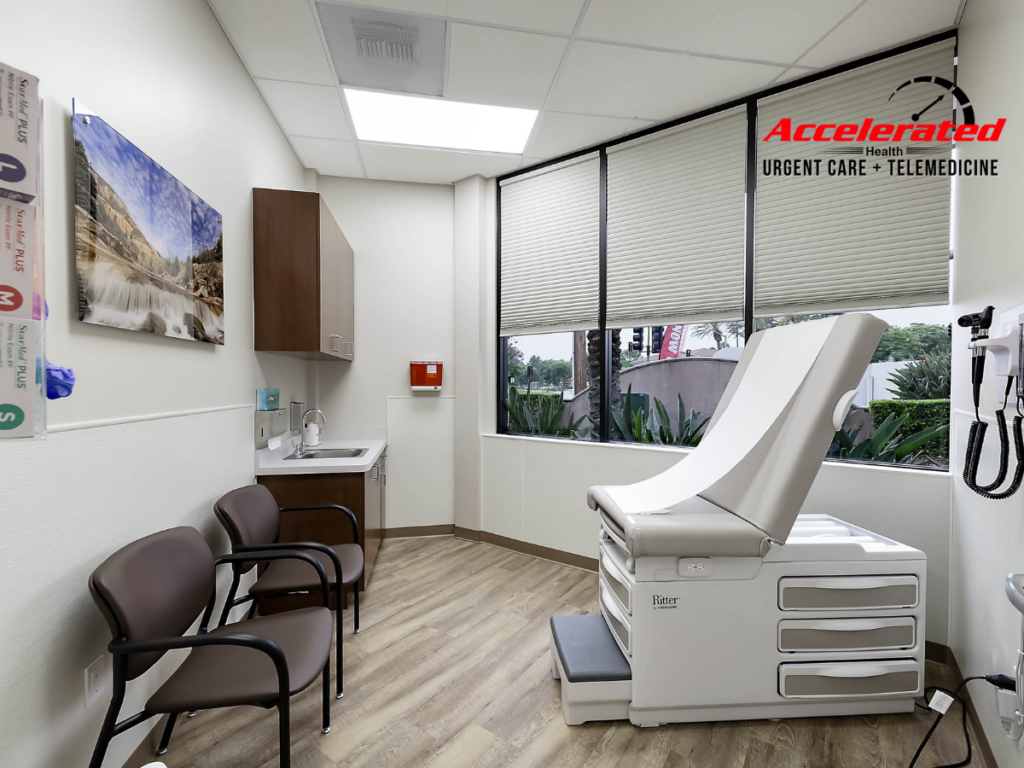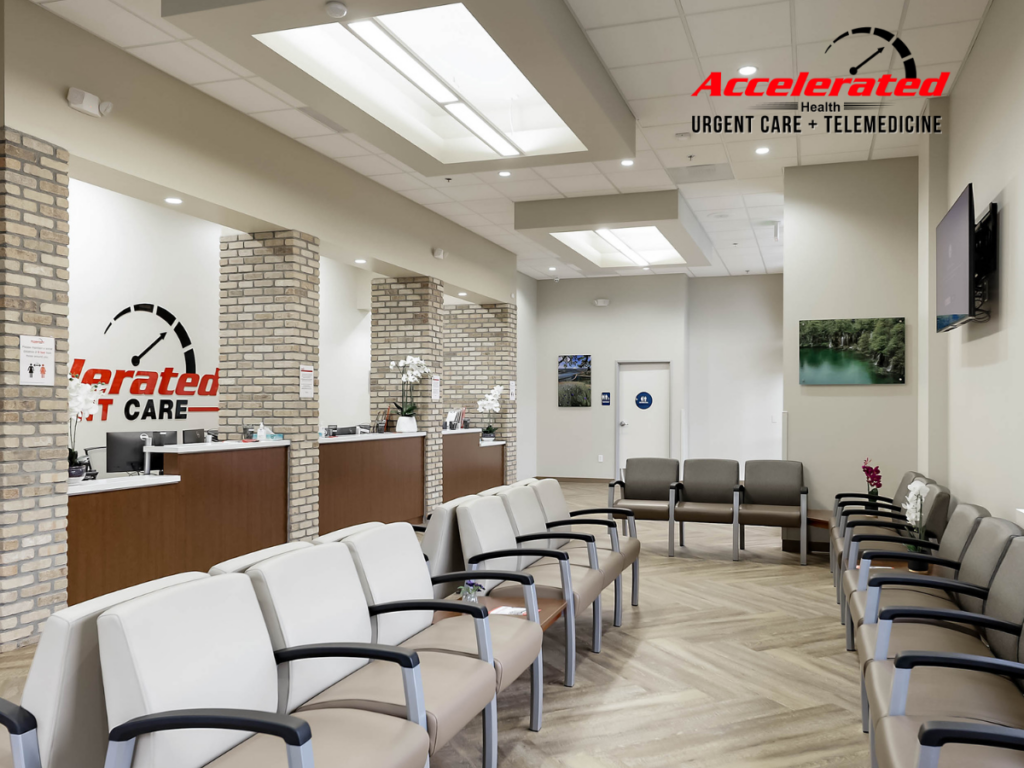When you’re sick or injured, you want care as soon as possible. But the Emergency Department at your local hospital (ER for short) isn’t always the best place to go — it’s extremely expensive and the wait is long. Urgent care is sometimes the better option — you’ll get the same care, but at a fraction of the cost and in much less time. But when is it better to go to the ER instead?
Urgent care facilities typically can do some laboratory tests, prescribe medications, take X-rays, perform EKGs, suture wounds, and fix broken bones. Urgent care centers usually are not connected to a hospital. Emergency rooms can do everything urgent care can, as well as perform a wide range of blood tests, take CT scans and ultrasounds, and administer IV medications. Emergency rooms are usually connected to a hospital, so patients can be admitted if needed, and specialist doctors can be consulted. Here are some common medical conditions and where you should go for each.

Unless the cut is on your face or involves large flaps of torn skin, urgent care can take care of it and stitch it up. If you have a cut from a metal object, they can also give you a Tdap vaccination. For very large cuts or cuts on the face, the ER is your best option.
Cold, Flu, or Suspected COVID-19
You can go to urgent care for these unless you are having difficulty breathing, dizziness, or a high fever, in which case you should go to the ER. If you are at high risk for COVID-19, it’s better to go to the ER if you have severe symptoms.
If you were in a very minor fender bender, urgent care is fine, but typically the ER is where you should go after a car accident. They can perform an ultrasound or other scans to assess for internal injuries and have surgeons available if necessary.
Head Injury
These can be tricky. If you have a head injury with no loss of consciousness and no symptoms besides a headache or vomiting, urgent care is okay. But if you have any dizziness, blurred vision, loss of consciousness, confusion, seizures, memory loss, or unequal pupils, you need to go to the ER. If you are on blood thinners like Elequis and Xarelto, you should always go to the ER after a head injury so they can rule out a brain bleed.
If you have mild abdominal pain and cramping, you can go to urgent care, but if you have severe abdominal pain, you should go to the emergency room. Severe abdominal pain requires a CT scan to look for things like appendicitis or kidney stones, which is unavailable at urgent care.
Generally, nausea and vomiting are best treated at urgent care. They can prescribe nausea medications like Zofran. However, if you are vomiting blood or what looks like coffee grounds, you should go to the emergency room, as this can indicate bleeding in your gastrointestinal tract. You should also go to the ER if you have been vomiting for over 72 hours with no improvement.
Chest Pain
Chest pain almost always requires an ER visit to rule out cardiac issues. They will perform an EKG, do blood tests, and possibly take a chest X-ray. If chest pain feels musculoskeletal and you have no other symptoms, urgent care is probably okay. If you have severe chest pain, radiates to your arm or jaw, or is accompanied by weakness or fainting, you need to call 911.
If you are having an allergic reaction with symptoms like a rash, sneezing, runny nose, swelling of the eyes, or hives, you can go to urgent care. If you have any airway swelling, coughing, or difficulty breathing, you need to go to the ER.
Back pain is most often an urgent care issue. They can take X-rays, and prescribe pain medicine and muscle relaxers. If you are experiencing back pain after a fall or other injury, the ER will be a better option as it can rule out injury to your spinal cord.
If you have swelling, pain, or bruising around your ankle, wrist, etc., and suspect that it’s sprained or broken, urgent care is a safe option. You will likely have a shorter time before being seen, and they can still splint and cast your injury. If you have exposed bone coming through your skin, you need to go to the ER. The same applies if you are concerned that you have broken your femur (thigh bone), hip, or pelvis.
When you have a minor illness or injury that must be seen as soon as possible, it’s perfectly safe to go to urgent care instead of the emergency room. It will be quicker and cost you much less. Of course, if you are ever in doubt, go to the ER — it’s better to be safe than sorry. But after reading this article, you should be better informed about the difference between urgent care and the emergency room and when you should go to each.

At Accelerated Urgent Care, our goal is to get you quality care when you need it. That’s why we have 16 convenient locations to serve you across Central and Southern California.
Accelerated Urgent Care consists of emergency-trained physicians that provide patients and their families expert care in a friendly and caring environment.
Each urgent care clinic includes a reception area and patient rooms that are designed for comfort and an “at home” feel, including a children’s play area.
AUC offers each patient concierge-level service by providing prompt and effective service which includes diagnosis and treatment of the following various medical conditions.
Care is also available via TeleMedicine. Click here to learn more.


